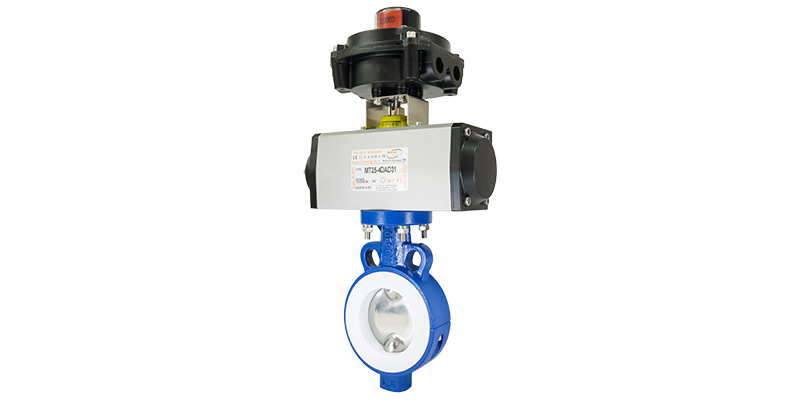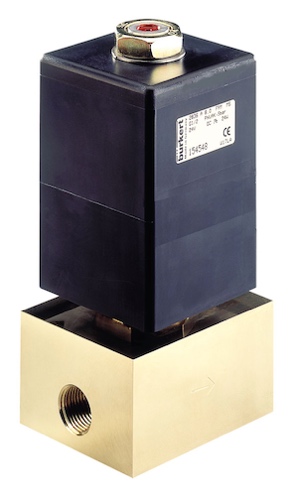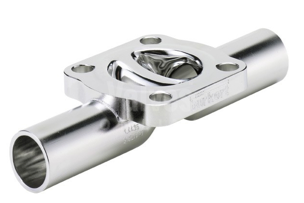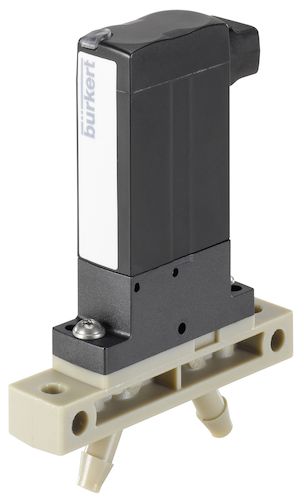
What are the differences between double offset and triple offset butterfly valves?
Butterfly valves have developed over the past 50 years into one of the leading valve solutions for large volumes of flow. They perform exceptionally well in high pressure and high-temperature applications. Performing a similar task to a gate valve, the butterfly provides an excellent solution where space is limited as they offer the facility to regulate or throttle flow. However, there are a range of butterfly valve types in the market.
This article looks at the differences between double offset and triple offset butterfly valves and why you might select one over the other. We also look at the advantages of the triple offset butterfly valve compared to the double offset valve.
What is a double offset butterfly valve?
A double offset butterfly valve is named so because of its double offset, which allows the disc to be displaced from its seat via a cam action. The cam action is created through the offset of the shaft from the disc seat’s centreline and body seal, which is also offset from the bore’s centreline. The cam action results in friction between the disc and the seat only during the first and last 10% of its opening and closing action.
To account for this friction and prolong the metalwork’s life, the disc is made from metal. However, around the edge of the seat, many designs incorporate a plastic or elastomeric material such as PTFE to prevent metal-to-metal wear during operation. Fully metal options are available for a bubble-tight seal but will wear at a faster rate.
What is a triple offset butterfly valve?
The triple offset butterfly valve incorporates the two offset points of the double, but it also has a third point of offsets. Relating this time to the sealing points rather than the shaft, the point of sealing on the disc and seat are both machined into an offset conical profile. This allows it to operate fully without any contact until the point of full closure as a mechanical stop. Therefore both the sealing components can be made of metal without the need for an elastomeric element.
Key differences: an overview
Having seen in mechanical terms the difference between double offset and triple offset butterfly valves, what does this mean for their uses and applications? Use our quick guide below:
| Double offset | Triple offset | |
| Seat material | Soft seat – elastomer | Metal seat |
| Seat friction level | Low | Very low |
| Seat lifetime | Long | Extremely long |
| Fluid type | Clean | Clean and/or dirty |
| Shut-off type | Bubble-tight | Bubble-tight |
| Applications | Process on/off and throttling | Extreme service and high cycling demands |
| Temperature sensitivity | Moderate | Low |
| Pressure sensitivity | Moderate | Low |
| Cost | Moderate | High |
Advantages of triple offset butterfly valves:
The key advantages of the triple offset butterfly valve lie in their ability to seal metal-on-metal without wear through friction. This means that not only do they last longer, but there is little sensitivity to temperature. In contrast, double-offset valves with an elastomeric seat can only cope with temperatures that the chosen material will tolerate.
Some triple offset valves do use a double-seat design, with an additional cover of a different material on the seat itself, but these are replaceable in the field. The metal seats ensure that they are fire-safe even if they include a cover. Triple offset valves will also cope with much higher pressures and require a lower torque, so larger valves are not required.
Another triple offset butterfly valve advantage relates to the types of fluid that they will cope with. Suitable for highly corrosive or abrasive materials and steam or high-temperature gases and liquids, they can often be found in industries such as oil and gas, petrochemical processing, pulp and paper and power generation applications.
As we have demonstrated, although there is only one point of design difference between double offset and triple offset butterfly valves, the result of this single difference significantly changes the performance of the valve. The triple offset butterfly valve advantages far outweigh those of the double offset valve if used in an environment where elements such as temperature, pressure or media are critical to the application. If not, then the double-offset valve will perform perfectly well. For more information on which butterfly valve is right for your application, or to discuss whether the triple offset butterfly valve advantages are relevant to your needs, why not speak to one of our engineers on 0141 762 0657 or email sales@bmengineering.co.uk.



